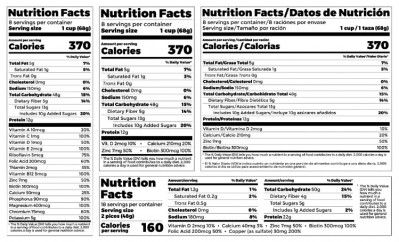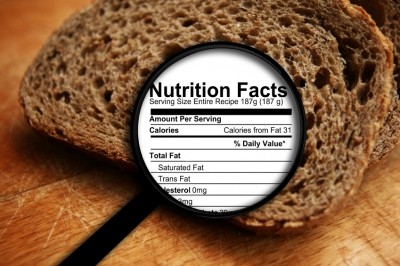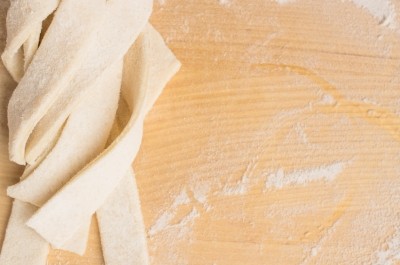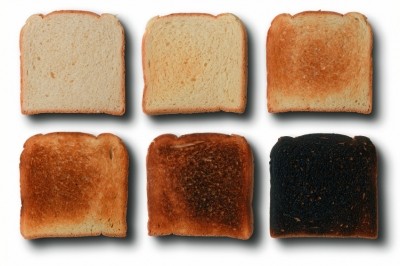Nutrition Facts Panel could help bakers with sodium-nutrient ‘balancing act’
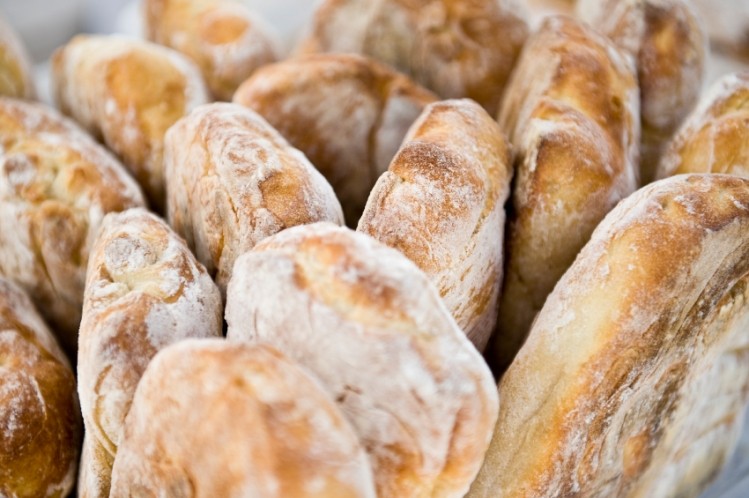
The US Food and Drug Administration (FDA) filed its proposal to overhaul Nutrition Facts labeling back in February this year. Proposed changes include removing vitamin A and C as mandatory listed micronutrients and replacing them with vitamin D and potassium on the Nutrition Facts Panel. A review of serving size and a stronger focus on calories and added sugars was also proposed, among other things. The comment period on the proposed changes ends August 1.
Lee Sanders, senior vice president of government relations and public affairs for the ABA, said the Nutrition Facts Panel was a change that could encourage more fortification of the mandatory listed micronutrients.
“With the Nutrition Facts Panel, there are going to be some good opportunities with potassium that balances out with the sodium; or vitamin D. And don’t forget folic acid,” she told BakeryandSnacks.com.
Potassium has been long touted as a reliable base for sodium replacement in baked goods and baking powders.
“So, there are some really bright benefits that you get through bread and grain products.”
The move could certainly incentivize some bakers to fortify with potassium and vitamin D, she said. “There’s been a lot of innovation and work in the area of vitamin D and it’s a really positive development that we see with the proposals.”
Sodium reduction bolstered by R&D
Over the past year, there had been a flurry of technologies and ingredients developed for sodium reduction in baked goods, Sanders said.
“If you look globally – there’s been a lot of work in the UK, South Africa and some of the South American countries, and I think just in the last year, you’re seeing more movement; more applications in the US.”
For packaged bread makers the strategy for sodium reduction had been “slow and steady”, she said.
Sodium reduction options had certainly gained ground in the last year, she said, and with this, the cost gap between sodium and alternatives had shrank.
In addition, there had been a shift towards bread types with a natural salty profile, like rye, she added.
Sanders said the USDA and FDA were working on a document relating to voluntary guidance on sodium use in foods that could have implications for bakers, although the policy would be voluntary.
Information on proposed changes to the Nutrition Facts Panel in full can be found HERE.
